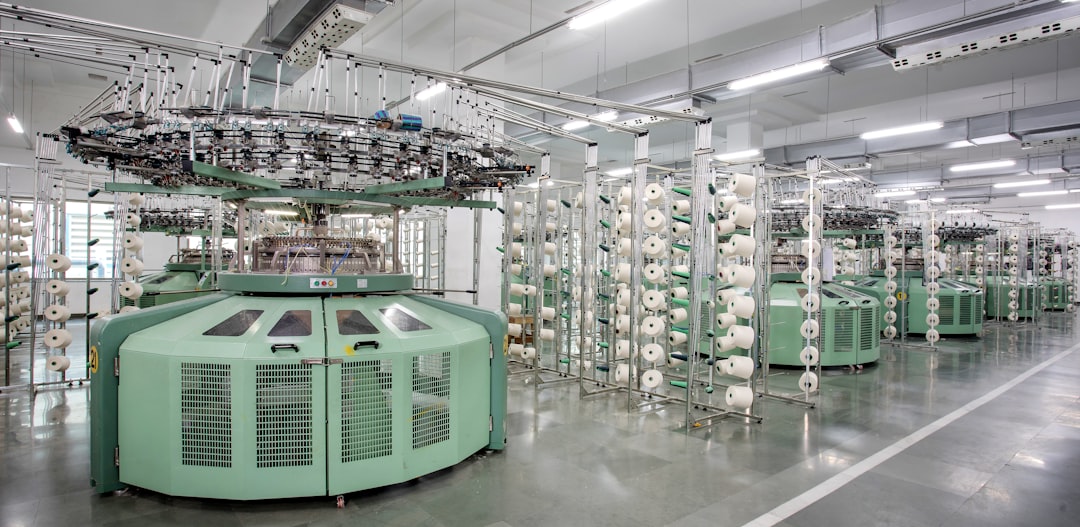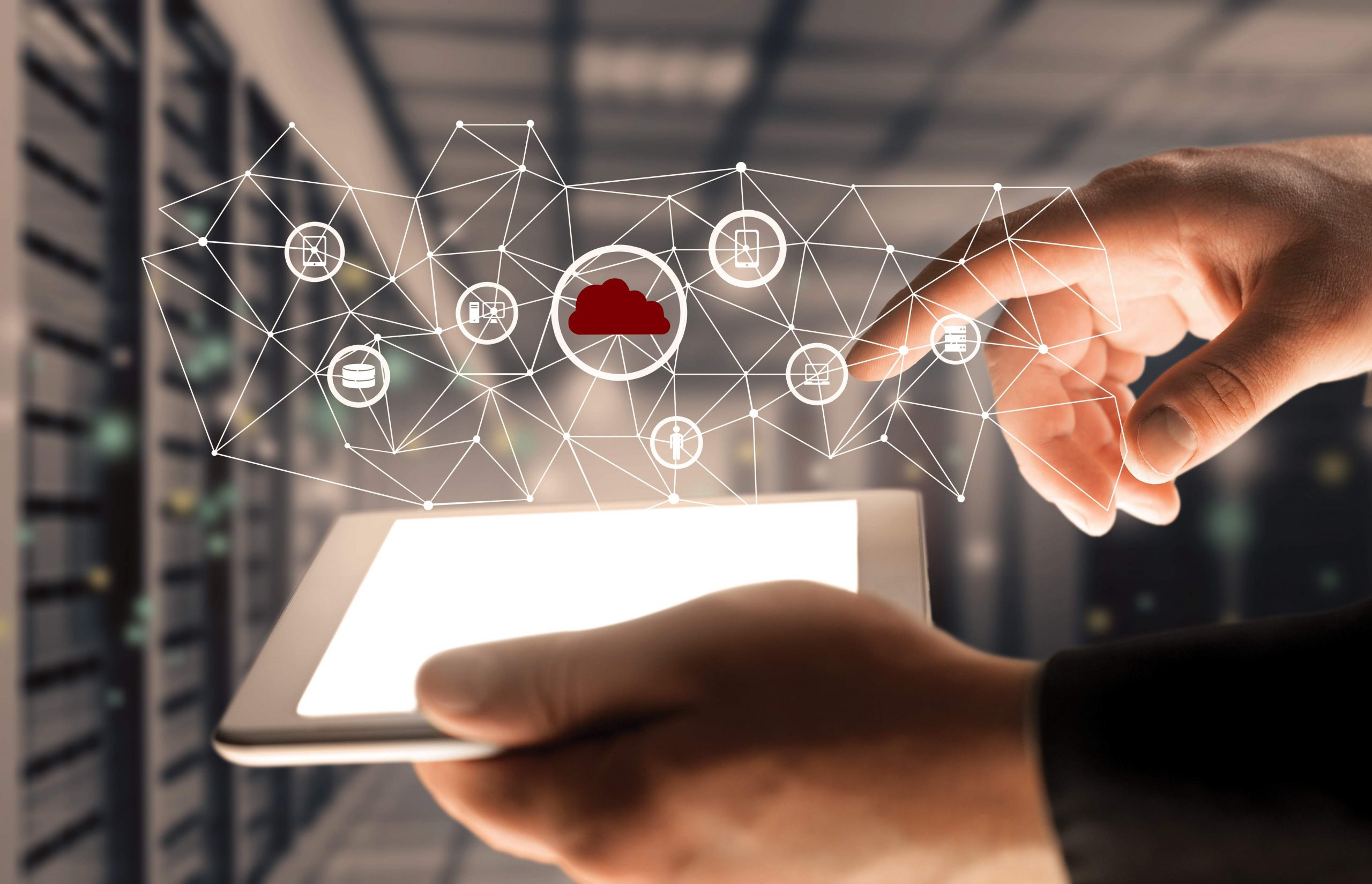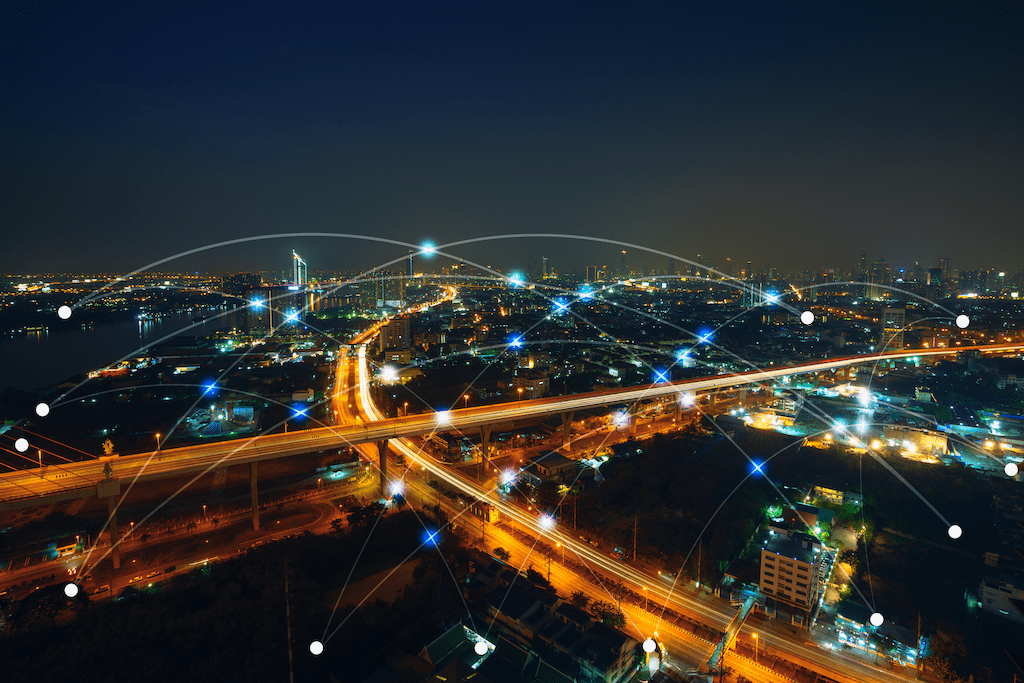What Are Connected Devices & How Do They Communicate?
-
April 4, 2022
-
5 min read

What are Connected Devices?
Connected Devices, also known as the Internet of Things or IoT devices, can send data by connecting wirelessly to a network. In simpler terms, when your smartphone, computer or any such electronic gadget connects to the internet, it becomes capable of communicating with any other appliance connected to the same network. In this case, your gadget becomes a connected device.
Internet-connected devices are considered “smart” because of their ability to connect and perform many functions. On the other hand, some everyday objects are not internet-enabled, and they are called “dumb” in tech parlance. IoT gives these “dumb” devices the ability to communicate over the internet so that they can be controlled remotely.
Difference between Smart and Connected devices
A smart device is any device with the inherent ability to connect with other devices on the internet or any other network. There are various means for this connection to happen – Bluetooth, NFC or WiFi. However, the ability of connected devices, so far, is limited to taking simple actions like receiving and sending information, carrying out simple instructions etc. Smart devices, on the other hand, can perform some universal computing functions. Common smart devices include smartphones, smartwatches, tablets or smart locks. In layman terms, all smart devices are connected devices, but not all connected devices are smart devices.
Post You May Like to Read: Understanding the Logical and Physical Design of IoT
Types of Connected Devices
The primary purpose of connected devices is to communicate with other devices to simplify or automate home and industrial activities. These connected devices can be classified into three major groups:
- Consumer Connected Devices
Consumer-oriented devices are those devices that provide services directly to users. Prominent examples of such devices are Smart TVs, wearables and smart appliances. Imagine entering your home and finding that the AC is set to your desired temperature because your sensor sensed you park your car. That is the power of consumer connected devices.
- Enterprise Connected Devices
These devices are meant to be used in a business setting. The objective of enterprise connected devices is to improve operational efficiency. They could be smart locks, smart security or smart temperature adjustments. For example, smart sensors in meeting rooms can adjust the temperature based on the no. of attendees or can dim lights and increase speakers’ volume when the presentations are started.
- Industrial Connected Devices
These connected devices are mostly put to use in factories and other industrial environments. Whether interacting with machines or ensuring that information is automatically transmitted to human personnel, industrial connected devices can increase optimisation and reduce problems. A key example of such devices could be assembly line sensors that monitor production processes or automatically report service breakdowns to technicians with relevant data.
Post You May Like to Read: IoT Sensors – Developing Safer, Smarter & Reliable Solutions for Businesses
How do Connected Devices Work?
While there are various types of connected devices, most of them work on the same set of principles:
- These devices need to be physical objects that interact with or sense what is happening in the real world.
- The device itself can include a network adapter and an integrated CPU configured on an open-source platform.
- They need a network to function; most of these are connected to private networks.
- They may need a software application to manage them.
Components of Connected Device Communication
IoT Device
Theoretically, any electronic device has the potential to become a connected device or an IoT device. However, in this context, an IoT device is one that intends to achieve a specific, limited purpose like switching the lights on or off, tracking fuel levels in a vehicle, etc. It must not be limited by size, though. IoT could be anything from a small temperature sensor to an assembly line robot.
Local Communications
Every IoT device needs to communicate with a network. Some devices are outbound, which means they only send information, while some are both inbound and outbound, i.e. capable of receiving and sending data. To ensure this communication happens, local devices or networks are put into place. In simpler terms, this determines the IoT device’s method to interact with other devices.
Gateways
If an IoT device cannot interact with the internet protocol directly, it would pass on the information through another device known as the gateway. A gateway’s key function is to process information exchanged between two devices. An additional advantage that gateways have is that they help keep IoT devices small and inexpensive since one gateway can handle multiple devices. A gateway’s job is to translate information received and transmit it to the desired destination.
Network or cloud servers
These are networked systems whose primary function is to manage, store and retrieve data from IoT devices. It is entirely possible to have physical servers or even cloud servers.
Post You May Like to Read: IoT & Cloud Computing: A Connected Solution For Enterprises
User Interface
User Interface, or UI, is the final step in the connected devices communications chain. The basic function of UI is to provide users with a platform to see information and give instructions to the device concerned. In terms of information flow, it can act as the first step for communication to the second or subsequent devices.
Future of Connected Devices
All estimates suggest that the growth potential in connected devices is exponential. According to an IHS Markit report, the number of connected devices will grow to 125 billion by 2030, reaching a figure of around 75 billion by 2025 itself. It is important to have the right strategy regarding connected devices in place at this juncture. Different organisations may be in various stages of connected device adoption – some could be considering bringing them into the technology fold, whereas others could be using it already.
 Share
Share








